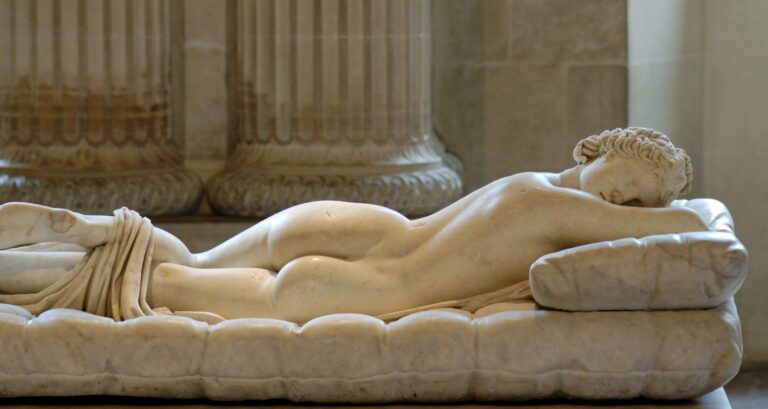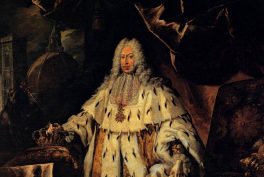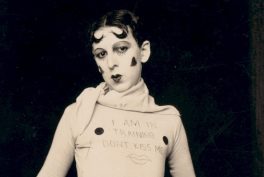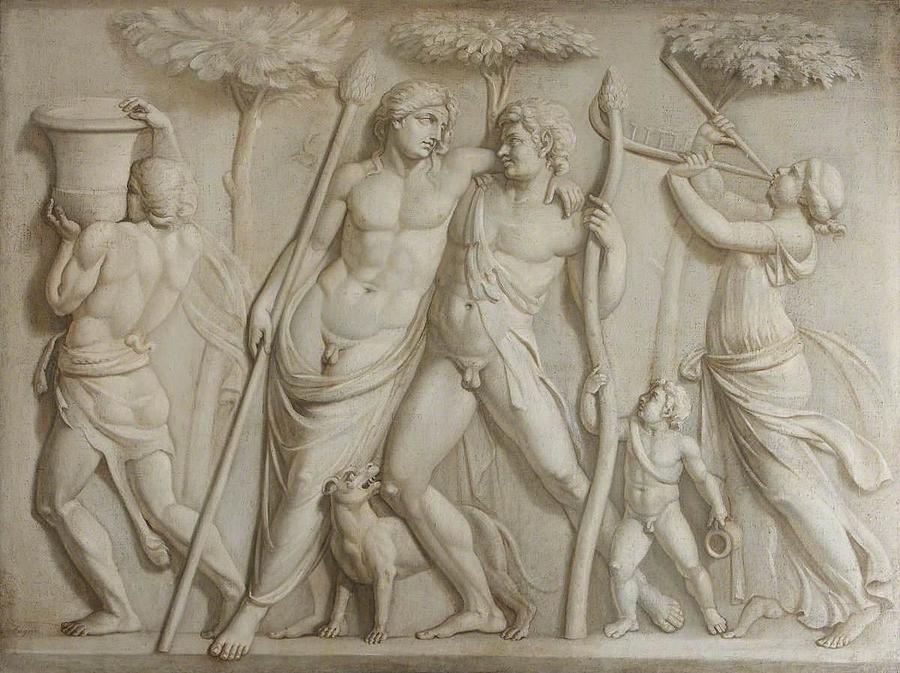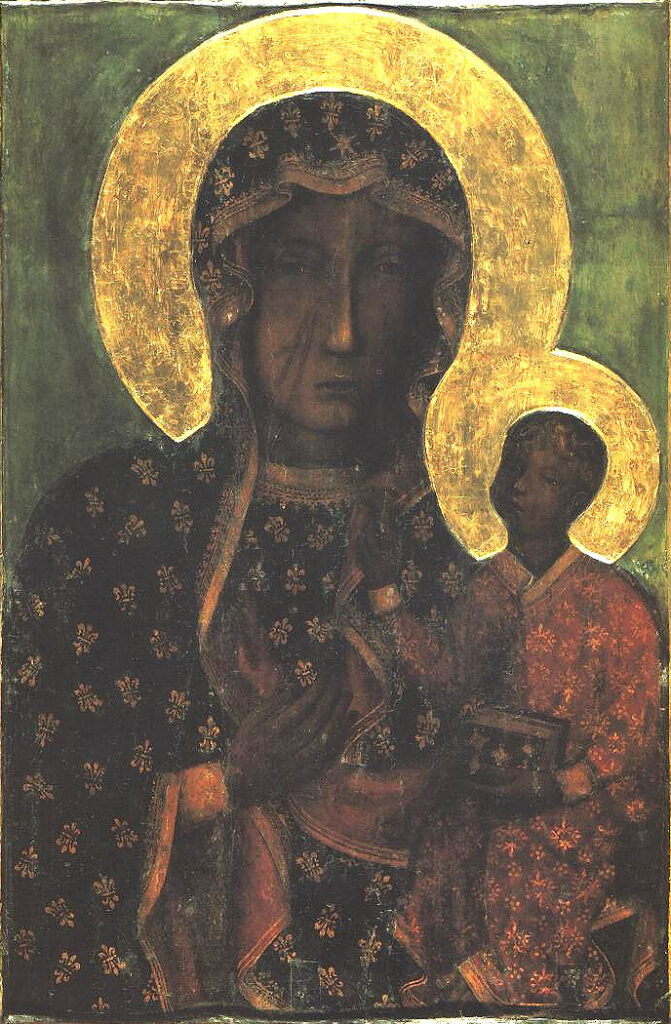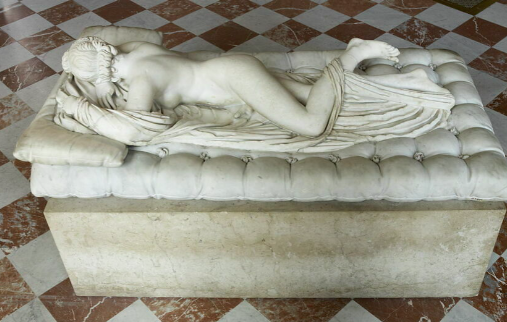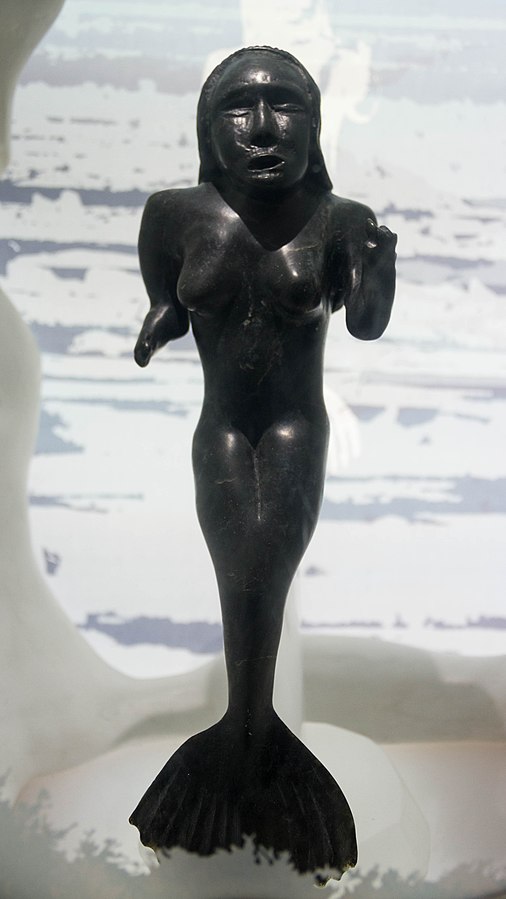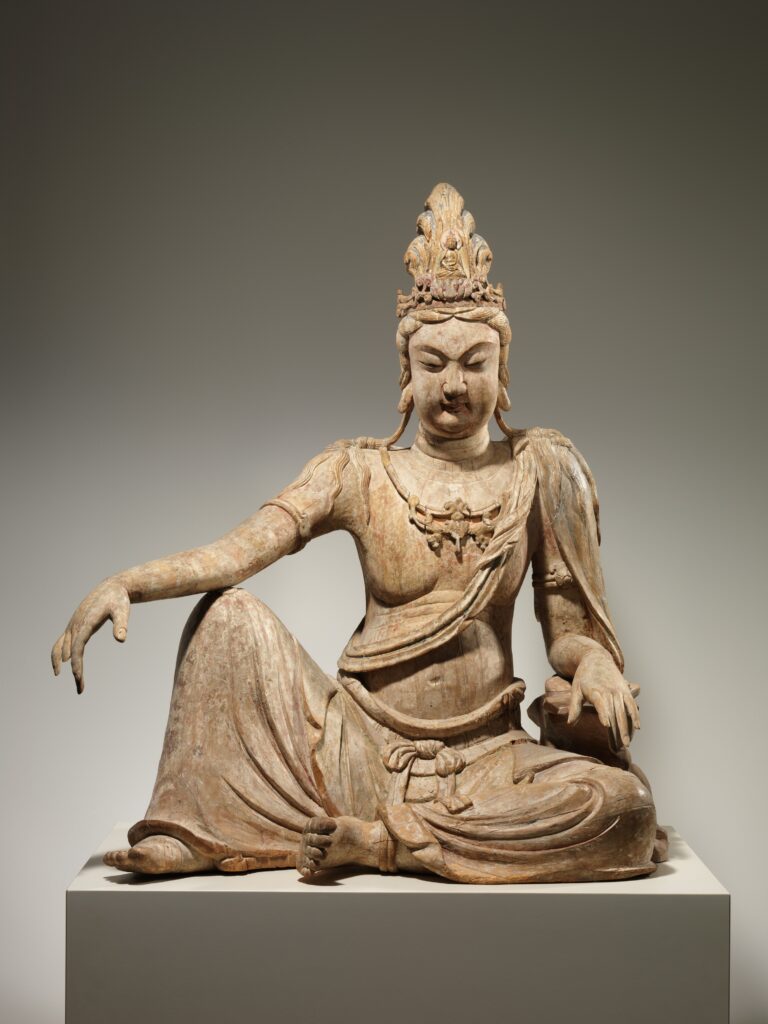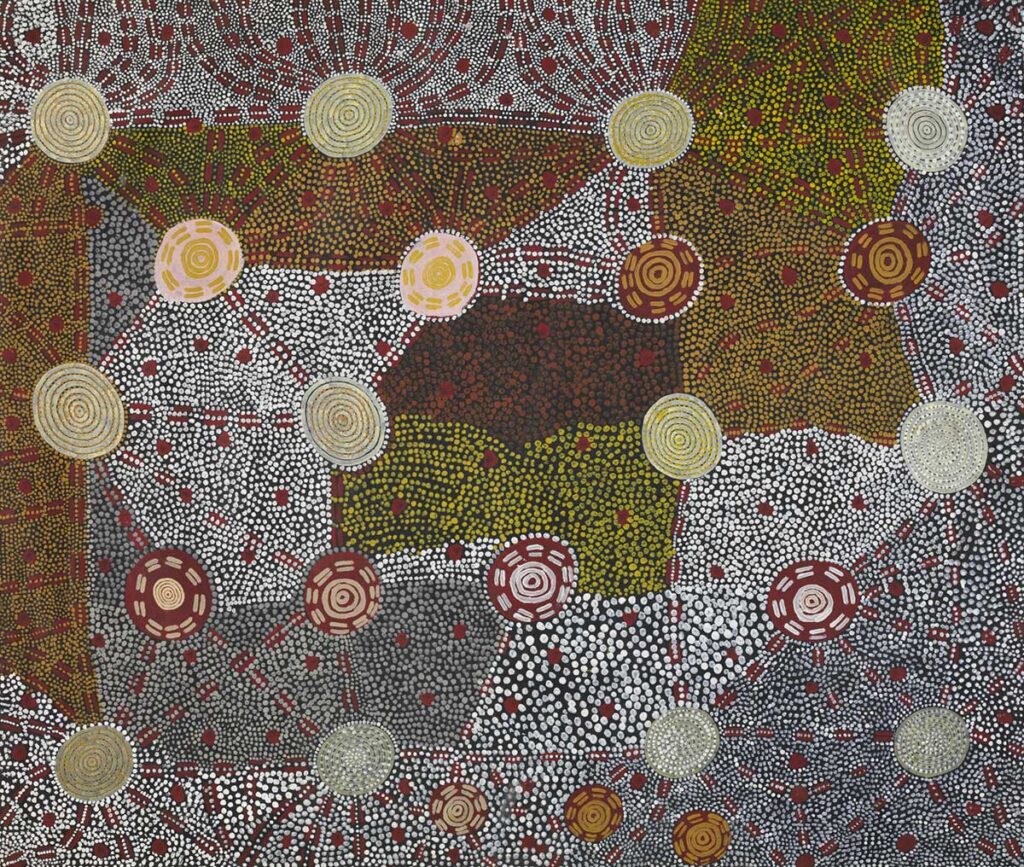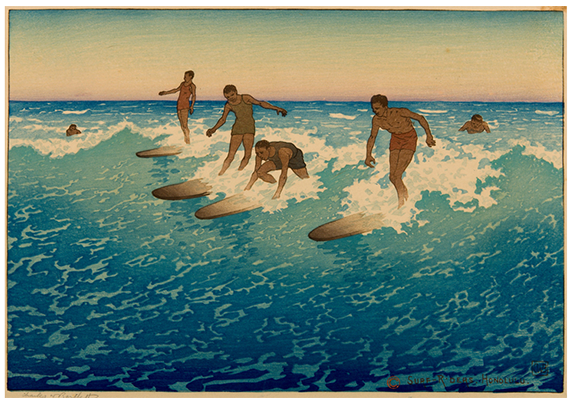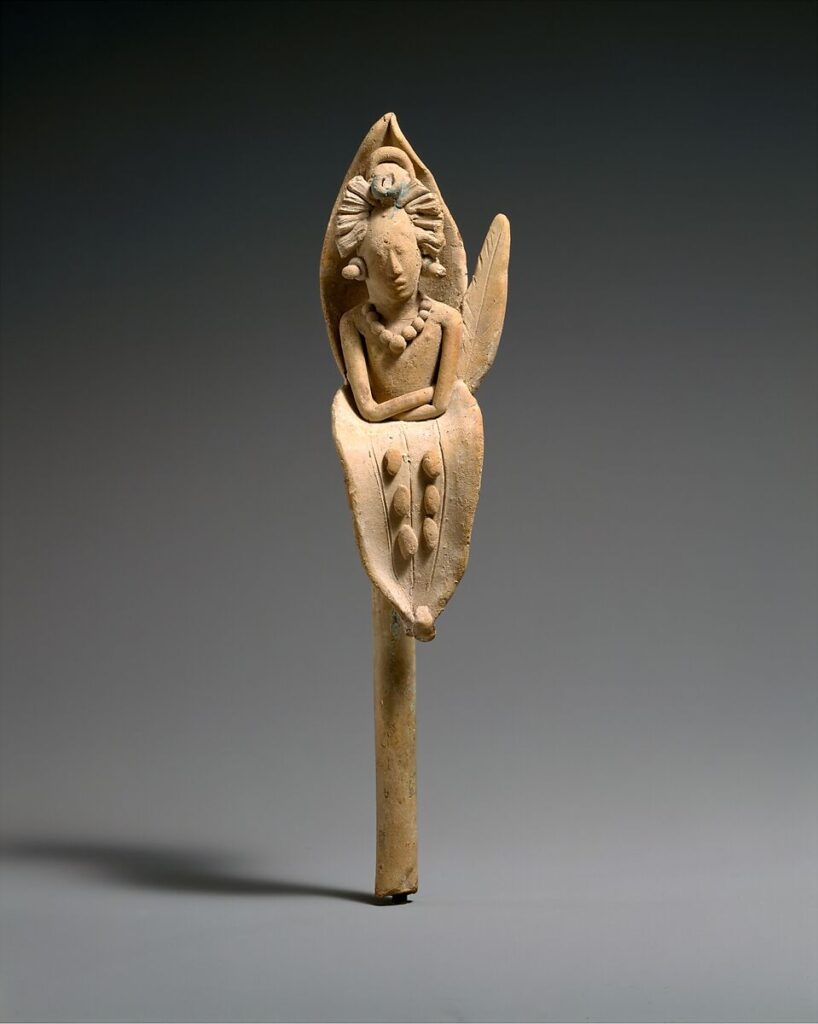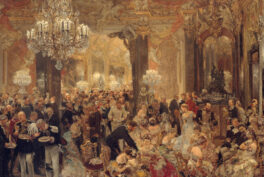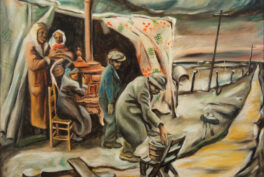In the Kanaka Maoli culture, indigenous to the islands of Hawaii, gender diversity is interwoven into mythology and identity, with three recognized and celebrated genders. These are known as kane (men), wahine (women), and māhū, the middle gender. This cultural framework acknowledges and honors the presence of māhū individuals, who represent the balance between traditional masculine and feminine expressions. Rather than adhering to rigid binary classifications, the Kanaka Maoli people recognize the fluidity and interconnectedness of gender, viewing māhū as an integral part of the communal fabric, with māhū individuals contributing a unique and valued perspective to the community.
The narrative follows that many generations ago, the shores of Hawaii welcomed the arrival of four extraordinary Pacific Island spirits: Kapaemāhu, Kapuni, Kīnohi, and Kahaloa. These revered beings were māhū, embodying the delicate yet potent essence of gentle yet powerful healers. In the sacred triad of mind, heart, and spirit, these spirits harmoniously blended both male and female qualities.
The presence of Kapaemāhu, Kapuni, Kīnohi, and Kahaloa on the Hawaiian islands was marked by their peaceful demeanor and their remarkable healing abilities. Their energies resonated with balance, radiating a serene and nurturing force that endeared them to the local people. The māhū quartet moved among the communities, offering solace and restoration to those in need, leaving behind a legacy of kindness and compassion.
As the time for their departure approached, the Hawaiians, overwhelmed with gratitude, sought to express their deep appreciation for the benevolent spirits. In a gesture of reverence, they crafted a sacred site composed of four colossal boulders. Each stone represented one of the māhū healers: Kapaemāhu, Kapuni, Kīnohi, and Kahaloa. This monumental gift served as a testament to the enduring impact of the spirits’ presence and the enduring connection between the earthly realm and the divine.
